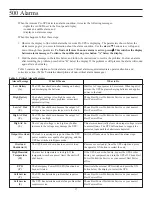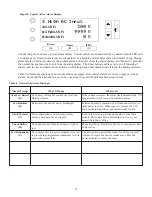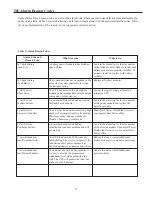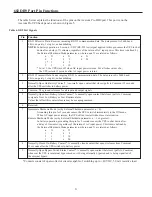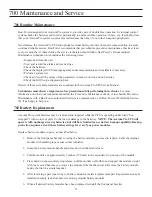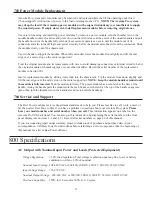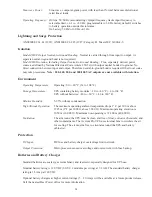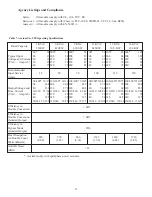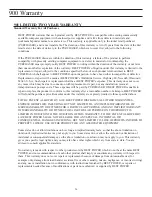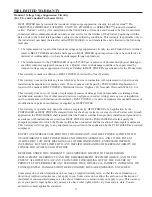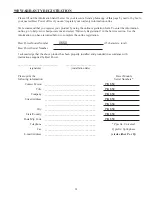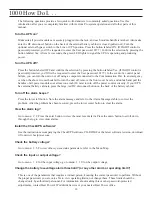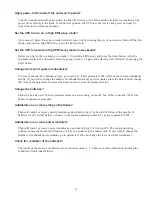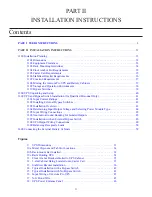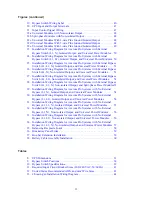
17
500 Alarms
When the Axxium Pro UPS detects an alarm condition, it creates the following messages:
• lights the red LED next to the front panel display,
• sounds an audible alarm, and
• displays an alarm message.
When this happens, follow these steps:
1. Observe the display to find which alarm the Axxium Pro UPS is displaying. The parameters shown below the
alarm message give you more information about the alarm condition. Use the
s
and
t
buttons to scroll up and
down through these parameters. To find out if more than one alarm is active, press
¿¿
. This switches the display
between alarm messages. To silence the audible alarm, press button “A” below the display.
2. Find the alarm message in the tables below, and follow the instructions to resolve the problem. To clear an alarm
after resolving the problem, press button “B” below the display. If the problem is still present, the alarm will sound
again after a short delay.
Table 3 contains descriptions of critical alarm codes. Critical alarms require immediate operator attention and
corrective action. (
Table 5 contains descriptions of non-critical alarm messages.
)
Table 3. Critical Alarm Messages
Alarm Message
What It Means
What to Do
Low Battery
(A)
The UPS has shut down after running on battery
and discharging the batteries.
Wait for AC input power to be restored. When input AC
returns, the UPS begins recharging batteries and applies
power to the load.
High Battery
(C)
The battery voltage is too high because of a
charger problem, battery problem, or incorrect
parameter setting.
Phone Best Power Worldwide Service or your nearest
Best Power office.
Low AC Out
(E)
The UPS has shut down because the output AC
voltage is too low to provide power to the load.
Phone Best Power Worldwide Service or your nearest
Best Power office.
High AC In
(S)
High AC Out
(F)
The AC input voltage is too high; any further
increase to the voltage may damage the UPS.
The UPS has shut down because the output AC
voltage is too high.
This alarm automatically clears when input voltage returns
to normal limits. The UPS will continue to support the
protected loads until the batteries are depleted.
Phone Best Power Worldwide Service or your nearest
Best Power office.
Call Service
(5)
Call Service
(T)
E P O
(P)
High Heatsink
Temperature
(H)
Overload
Shutdown (I)
Output Overload
(G)
The UPS has detected a module fan problem that
requires service.
The UPS has detected a problem that requires
service.
The Emergency Power Off (EPO) function has
been activiated.
The inverter temperature is too high. If the
temperature reaches a preset limit, the unit will
shut down.
The UPS has shut down due to excessive load.
The load is requiring more power than the UPS
power modules are capable of supplying, and the
UPS has switched to Bypass mode.
Phone Best Power Worldwide Service or your nearest
Best Power office.
Phone Best Power Worldwide Service or your nearest
Best Power office.
Deactivate the external EPO switch and press the ON
button below the display to restart the UPS.
If the UPS has not shut down, bypass the UPS or shut
down your equipment, and turn the UPS off. Phone Best
Power Worldwide Service or your nearest Best Power
office.
Remove excess load(s) from the UPS output and press
the operator ON button to restart the unit.
Switch off loads one at a time until the alarm stops.















